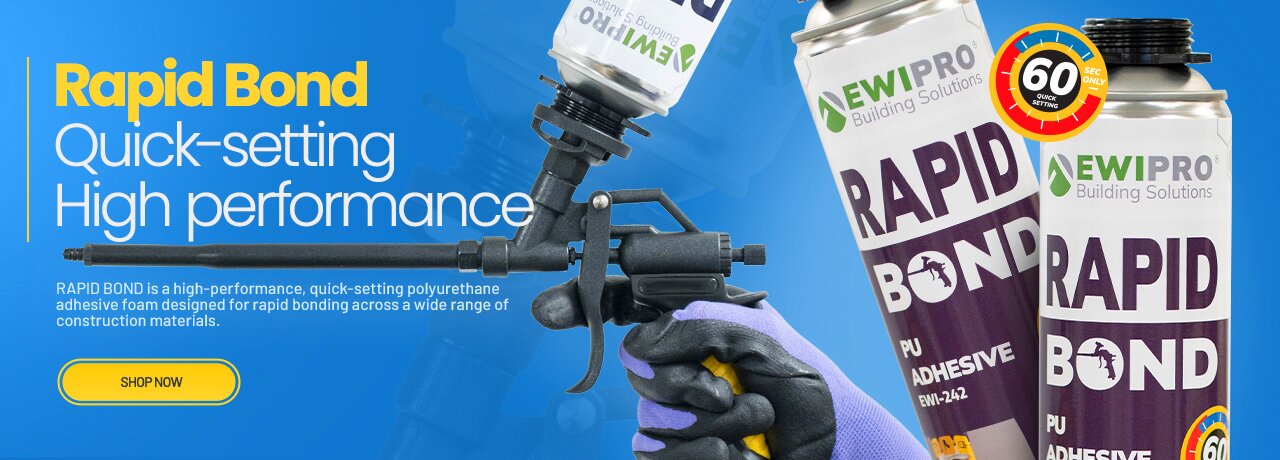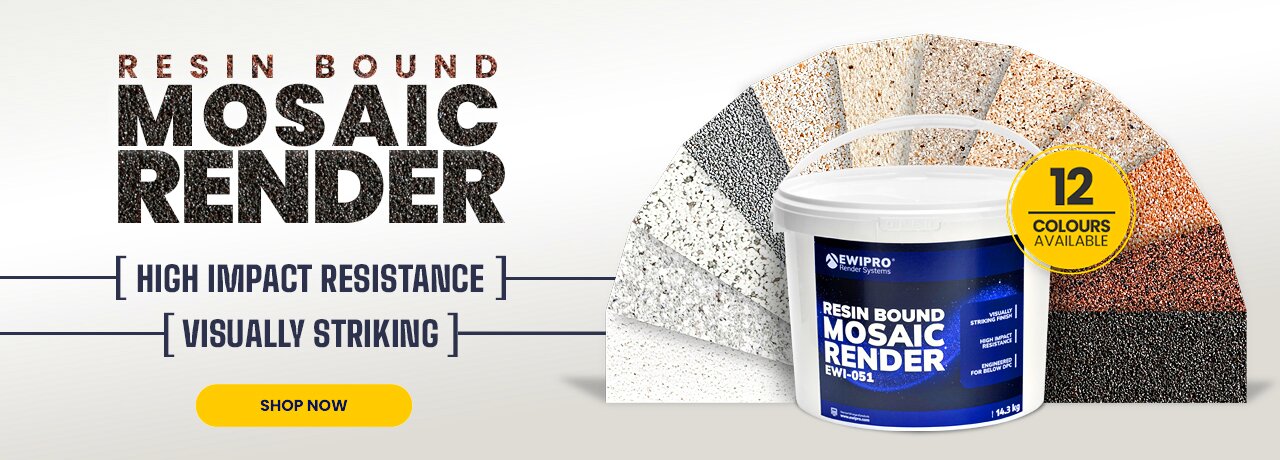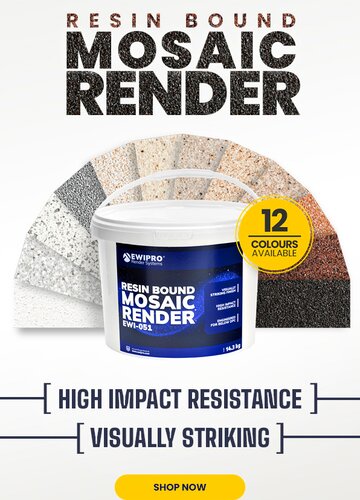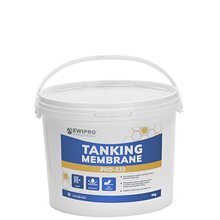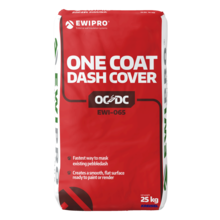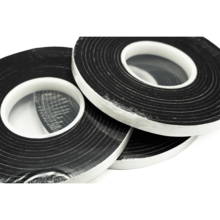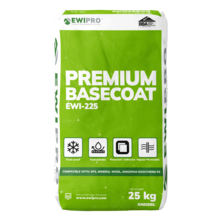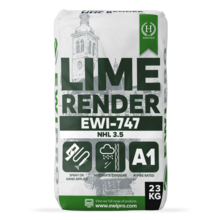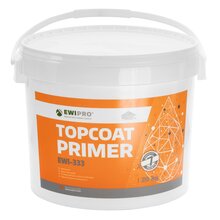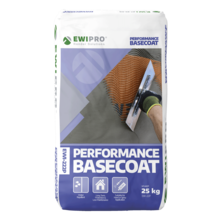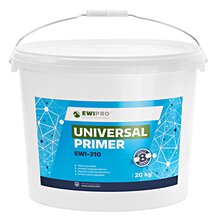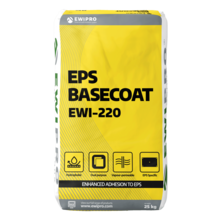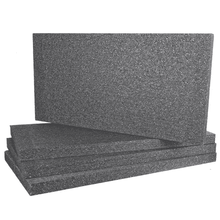SILICONE RENDER FESTIVE OFFER
QUOTE SMARTER.
RAPID BOND PU ADHESIVE
NEW MOSAIC RENDER
WHATSAPP US TODAY!
Exclusive Offers – While Stocks Last!
Log in to save items on your shopping lists and access them on all your devices. Guest lists are deleted after 90 days.
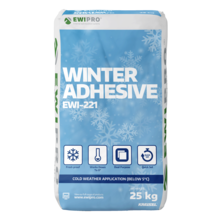
SALE
Brand: EWI Pro
£11.99
Incl. VAT
£9.99
Excl. VAT
£19.01
Incl. VAT (regular price)
£15.84
Excl. VAT (regular price)
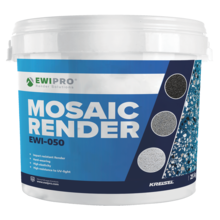
Mosaic Render (EWI-050) - 25kg
SELECT OPTIONS
Brand: EWI Pro
FROM
£91.19
Incl. VAT
FROM
£75.99
Excl. VAT
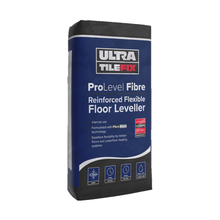
ProLevel Fibre: Reinforced Flexible Floor Leveller - 20kg
Brand: Ultra Tile Fix
£15.00
Incl. VAT
£12.50
Excl. VAT
Tried, Tested & Trusted – Our Customer Favourites
Log in to save items on your shopping lists and access them on all your devices. Guest lists are deleted after 90 days.
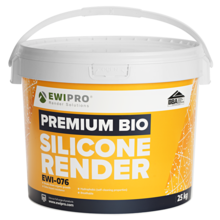
Premium Bio Silicone Render (EWI-076) - 25kg
SELECT OPTIONS
Brand: EWI Pro
FROM
£113.39
Incl. VAT
FROM
£94.49
Excl. VAT
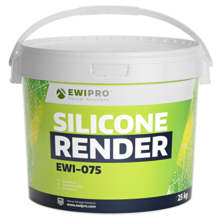
SALE
Brand: EWI Pro
FROM
£65.99
Incl. VAT
FROM
£54.99
Excl. VAT
Exclusive
Trade Account Discounts
Dedicated
Account Manager
Flexible
Credit Terms (T&Cs Apply)





